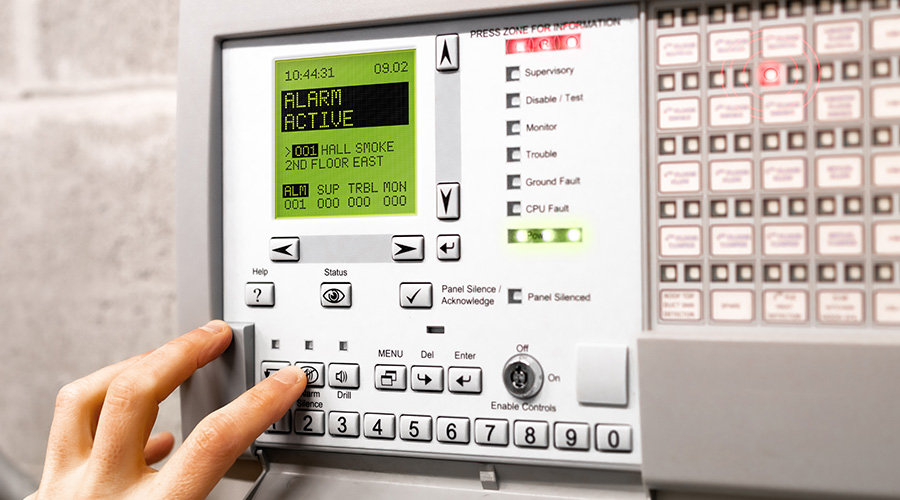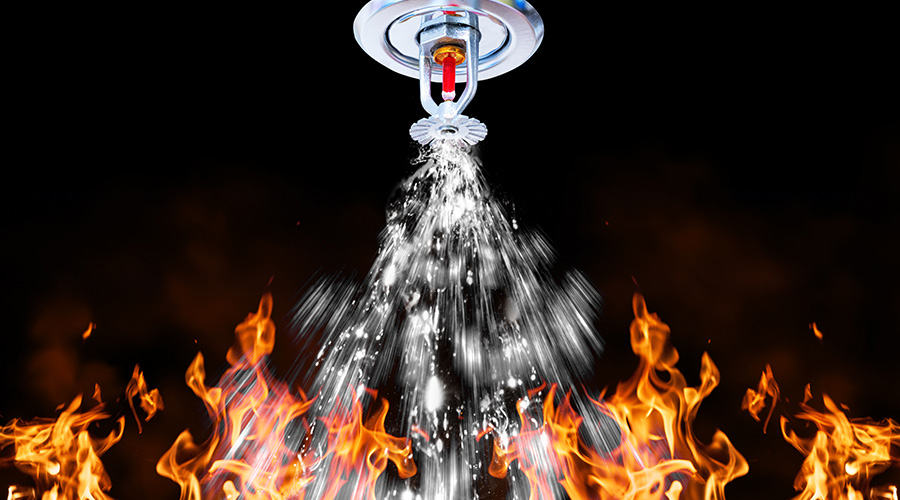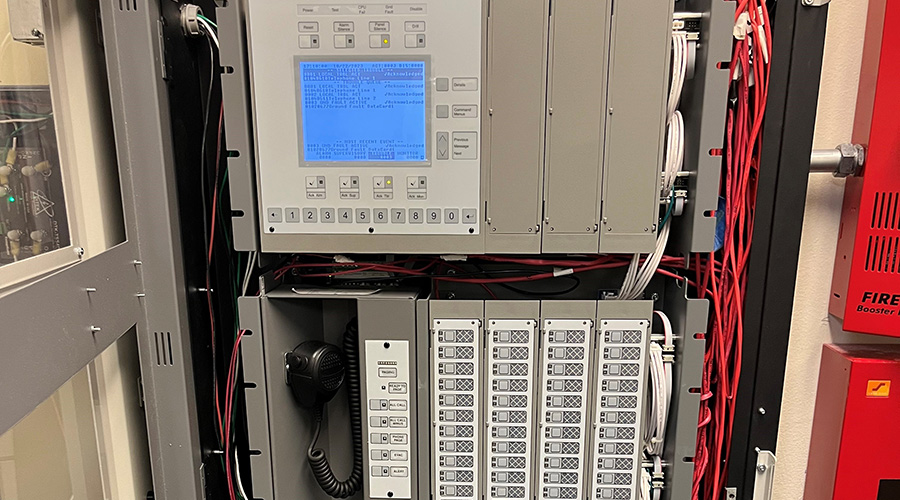Fire Safety: Drill for Safety
Adopting new codes and implementing model code changes are all well and good. But the success of an organization’s ability to evacuate a structure successfully is largely contingent upon one unknown: The tenants and occupants housed within.
All the smoke barriers, hardened hoistways, mass notification systems, and improved egress plans won’t help if occupants react to an emergency situation poorly. That’s why it’s incumbent upon facility executives to communicate changes, expectations and response behavior to tenants.
- Conduct drills at least bi-annually, if not quarterly.
- Communicate on a regular basis via email or newsletter updates about building egress strategies.
- Ensure that new tenants are briefed on such matters as evacuation expectations and strategies for evacuating the building.
- Identify individuals among the organization’s tenants/occupants who can serve as a proxy for communicating information reliably and successfully.
- Finally, the emergency response to a fire will be different than for a shooter, a bomb threat or other emergency.

Related Topics:















